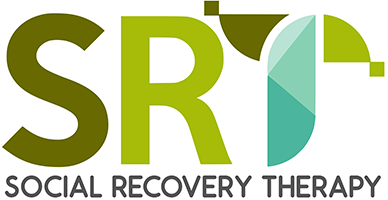Social and symptomatic outcomes of first‐episode bipolar psychoses in an early intervention service
Iain Macmillan, Lawrence Howells, Kedar Kale, Corinna Hackmann, Gavin Taylor, Katherine Hill, Steve Bradford, and David Fowler
Abstract
Aim: We aimed to establish the relative proportions of all diagnoses in people aged 14–35 years presenting to an early intervention in psychosis service, and to compare demographic variables, symptoms and outcomes between the bipolar psychoses and other psychoses at 3–6 months and 1 year post referral.
Methods: Prospective 3‐ to 6‐month diagnostic and symptomatic assessments were carried out. Diagnoses were established using the Diagnostic Interview for Psychoses – Diagnostic Module. Symptoms and outcomes were assessed using standardized instruments at 3–6 months and 1 year. Bipolar diagnoses were grouped together in a bipolar group (n=16) and compared with all other diagnoses, in a non‐bipolar group (n=62). Parallel analysis was carried out using groups of lifetime elevated, expansive or irritable mood (n=32) and no lifetime elevated, expansive or irritable mood (n=46).
Results: Bipolar disorders account for 20.5% of all new presentations to our service. Differences in outcomes over the range of psychotic diagnoses relate to early presence of negative symptoms. Psychoses with bipolar diagnoses or lifetime elevated, expansive or irritable mood showed lower rates of negative symptoms than other psychoses and had a higher quality of life and higher function at 3–6 months and 1 year.
Conclusions: Planning for future early intervention services should take the high rate of affective psychoses and their need for diagnosis‐specific, evidence‐based treatments into account. Lifetime elevated, expansive or irritable mood may predict improved outcomes in early psychoses, possibly mediated by lower levels of negative symptoms.
